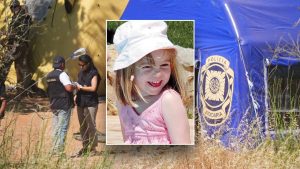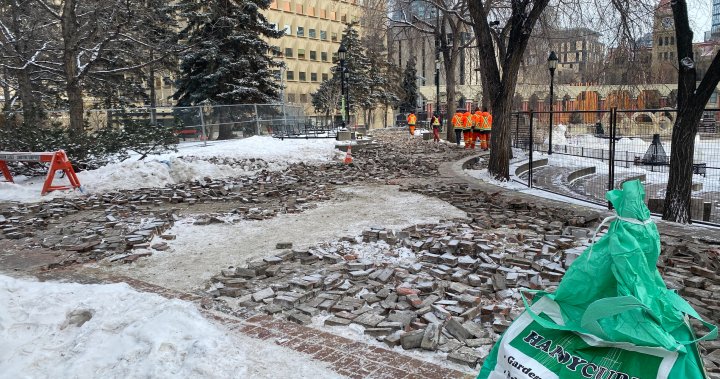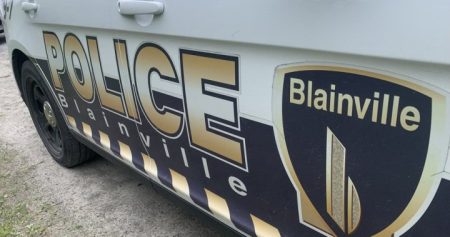The Olympic Plaza in Calgary, a legacy of the 1988 Winter Olympics, was a mosaic of memories, paved with personalized bricks purchased by individuals commemorating personal milestones and celebrating the city’s Olympic spirit. Each brick, inscribed with names and messages, represented a piece of Calgary’s history. Among them was Keith Beggs’ brick, a testament to his love and commitment, purchased as a unique proposal to his then-girlfriend, Barb. For $19.88, the price reflecting the Olympic year, individuals could etch their names into the plaza’s foundation, creating a lasting tribute. Over the years, the plaza hosted countless events, weathering the passage of time and the impact of countless footsteps, resulting in the deterioration of many of the commemorative bricks.
As the plaza and the adjacent performing arts complex were slated for a $660 million renovation, the city initially announced the unfortunate necessity of destroying the aged and fragile bricks, deeming them unsalvageable. This decision sparked a wave of public outcry, with many Calgarians expressing their dismay at the potential loss of these cherished mementos. The bricks represented more than just pieces of pavement; they held sentimental value, marking significant moments in people’s lives. The city, responding to the overwhelming public sentiment, reversed its decision and embarked on an ambitious endeavor to recover as many bricks as possible, offering a glimmer of hope to those who treasured their personalized pieces of the plaza.
A meticulous retrieval process was initiated, and Calgarians were given a brief window to register online and request the recovery of their bricks. The response was overwhelming, with approximately 8,000 requests flooding in, demonstrating the profound emotional connection people had with these seemingly simple objects. Against all odds, the city managed to recover around 70% of the requested bricks, a feat considered nearly impossible due to the bricks’ age, condition, and the strength of the mortar used in their installation. The plaza, having served as a communal gathering space for nearly four decades, had witnessed countless celebrations, events, and the daily passage of life, making the retrieval process even more challenging.
A designated distribution center was set up at the Calgary Stampede Grounds, where hundreds of people lined up, their anticipation palpable as they searched for their recovered bricks. The scene was a testament to the enduring power of memory and the sentimental value attached to these tangible pieces of the past. Among those in line was Peter Soroka, retrieving a brick inscribed with his parents’ names, a symbol of their meeting and life together in Calgary. For Soroka, the brick held even deeper significance after his father’s passing, representing a cherished connection to his family history. He expressed his relief and gratitude for the city’s efforts, having initially feared the brick would be lost forever.
The stories behind each recovered brick painted a vivid picture of Calgary’s history, reflecting the city’s growth and the personal narratives woven into its urban fabric. From proposals and family milestones to commemorations of loved ones, the bricks symbolized the passage of time and the enduring power of human connection. The recovery effort itself became a testament to the city’s responsiveness to its citizens and their shared history. The seemingly impossible task of retrieving these fragile pieces of the past underscored the importance of preserving collective memory and the emotional resonance of physical objects.
While the original bricks will not be part of the renovated plaza, their legacy will live on. The new design aims to incorporate elements of Calgary’s Olympic heritage, ensuring the spirit of the 1988 Games continues to inspire. The recovered bricks, now cherished keepsakes, serve as tangible reminders of a shared past, carrying the weight of personal histories and the collective memory of a city. The Olympic Plaza, in its new form, will continue to serve as a vital community space, while the recovered bricks will find new homes, carrying with them the echoes of Calgary’s Olympic legacy. The story of the bricks highlights the unexpected power of seemingly mundane objects to connect us to the past and to each other.










